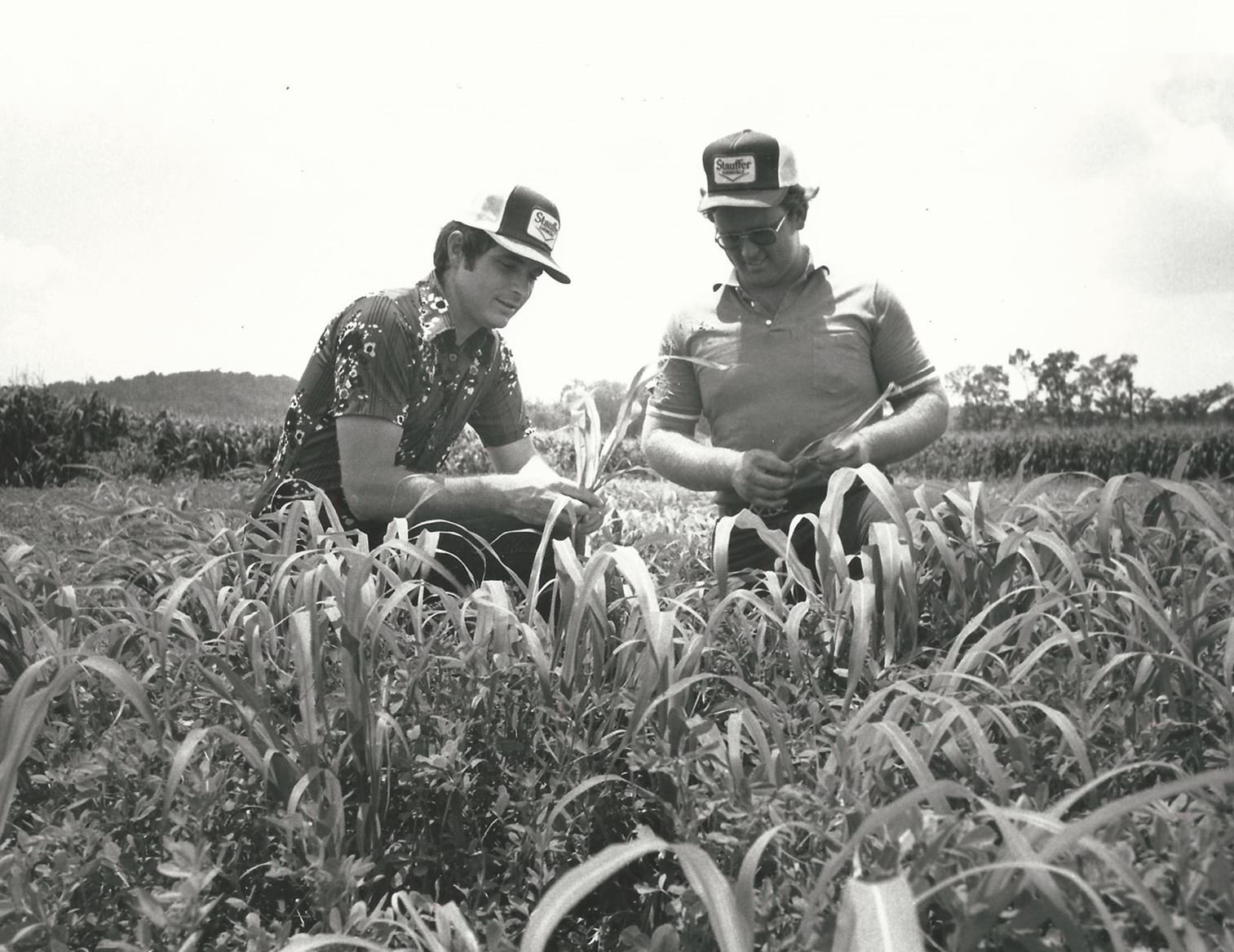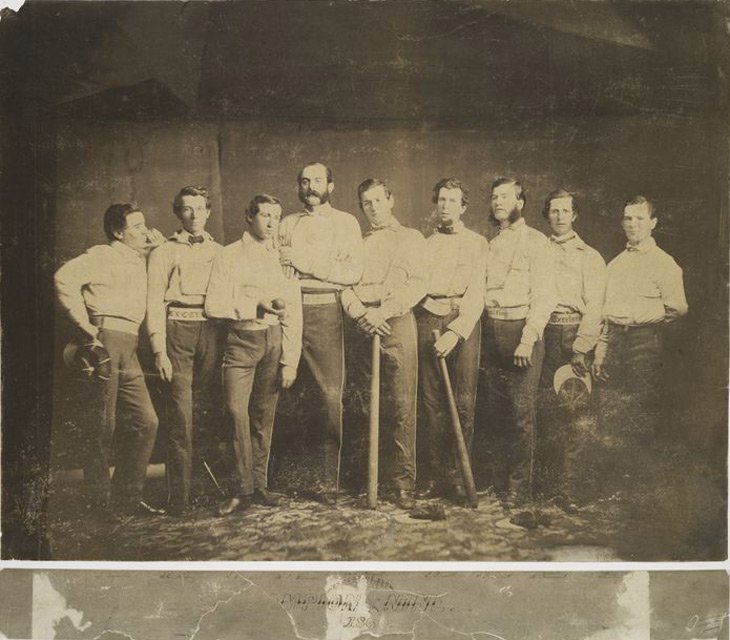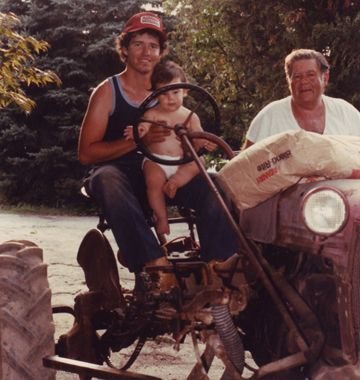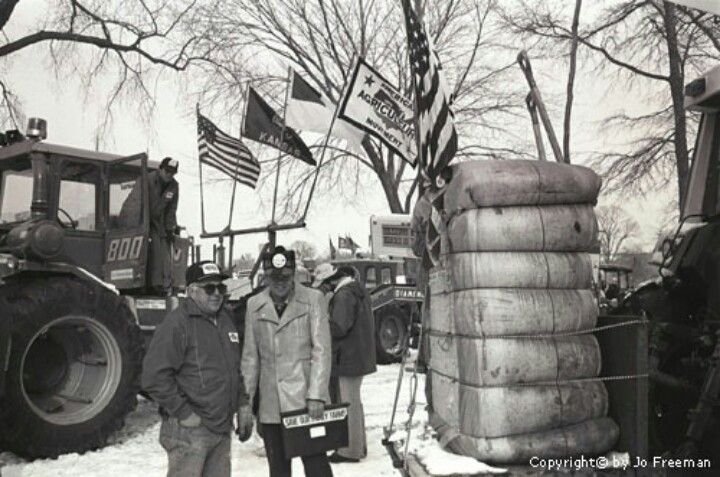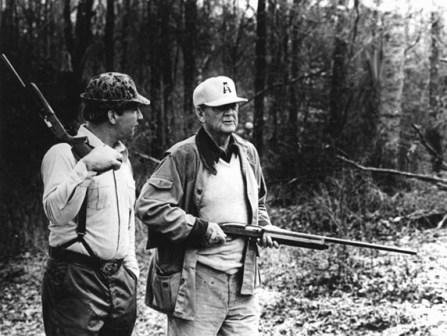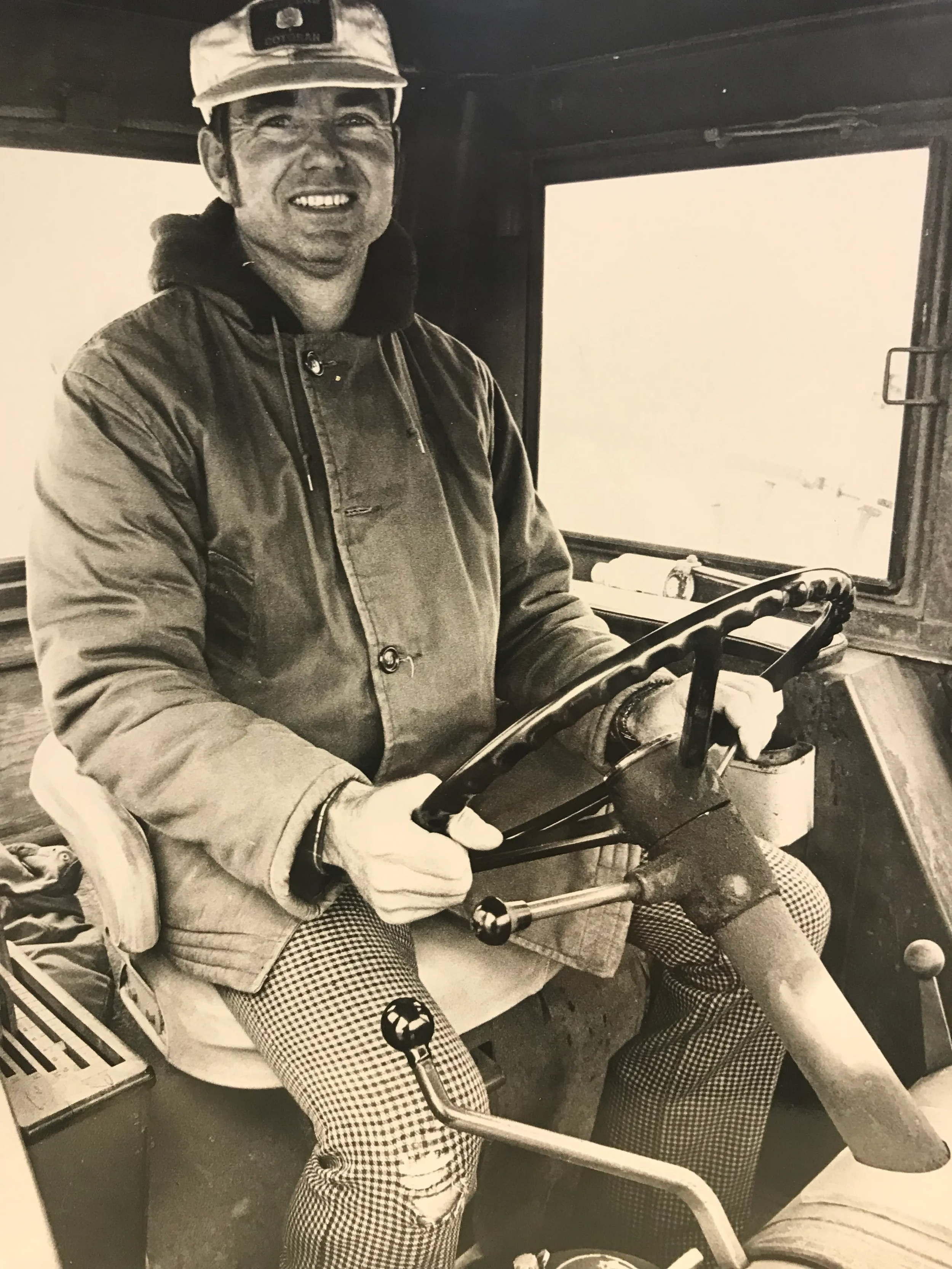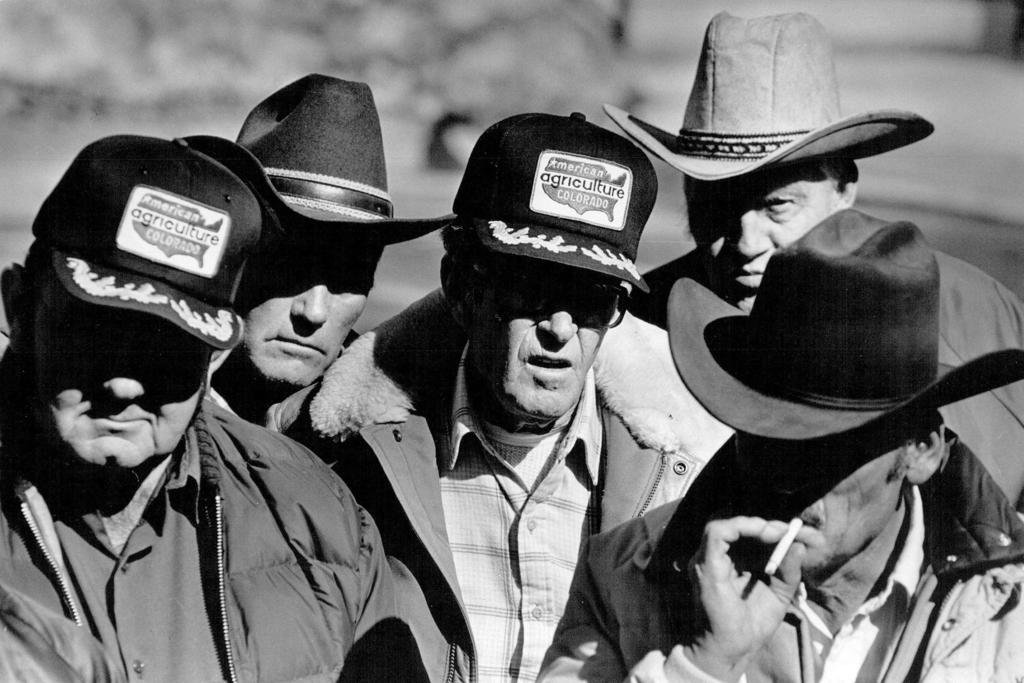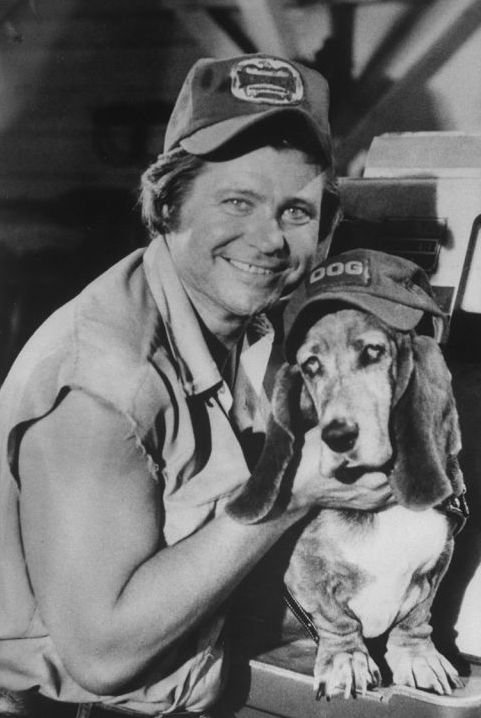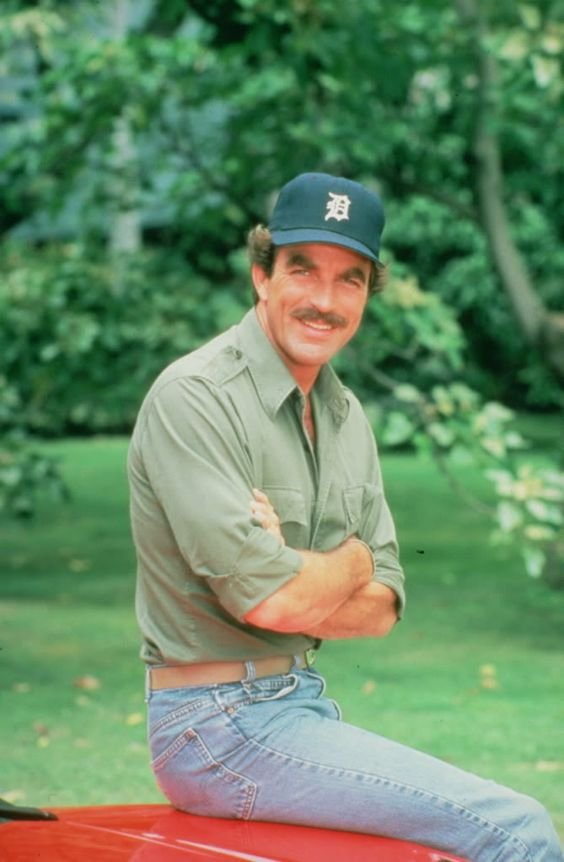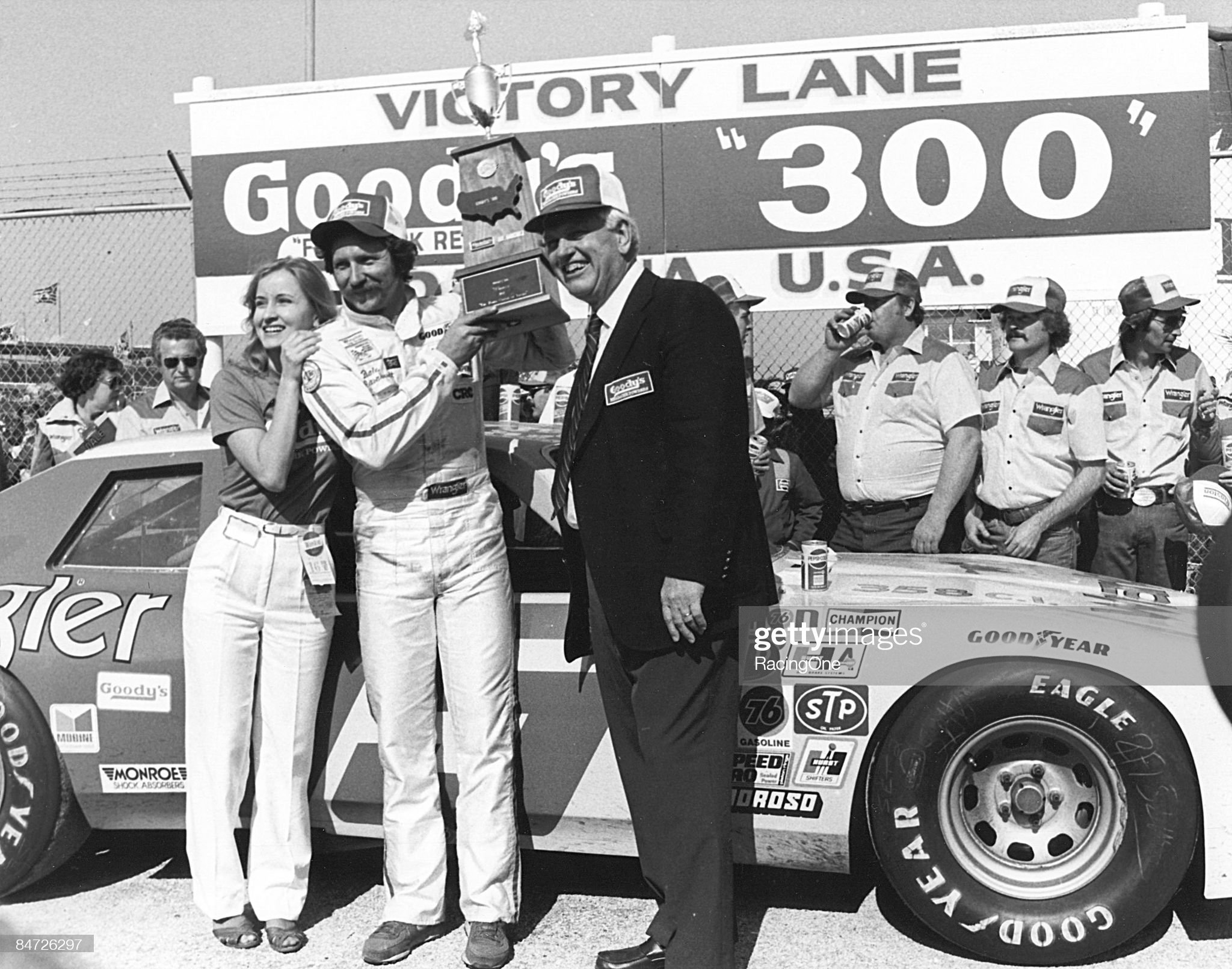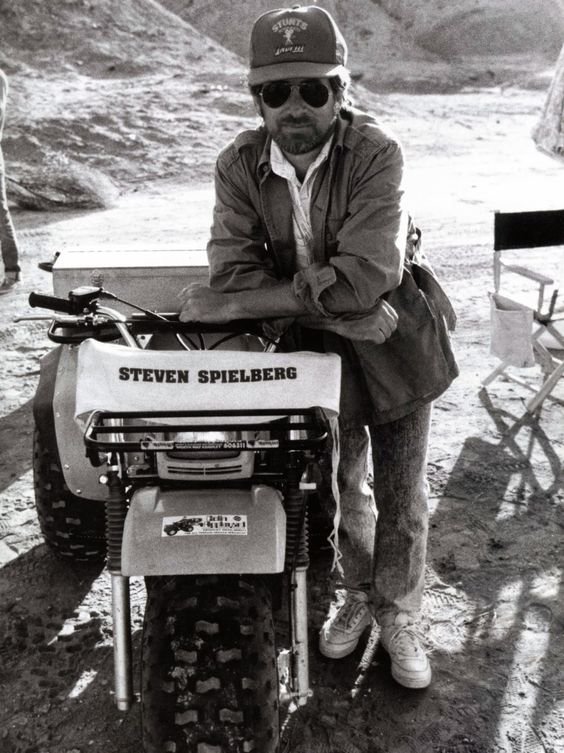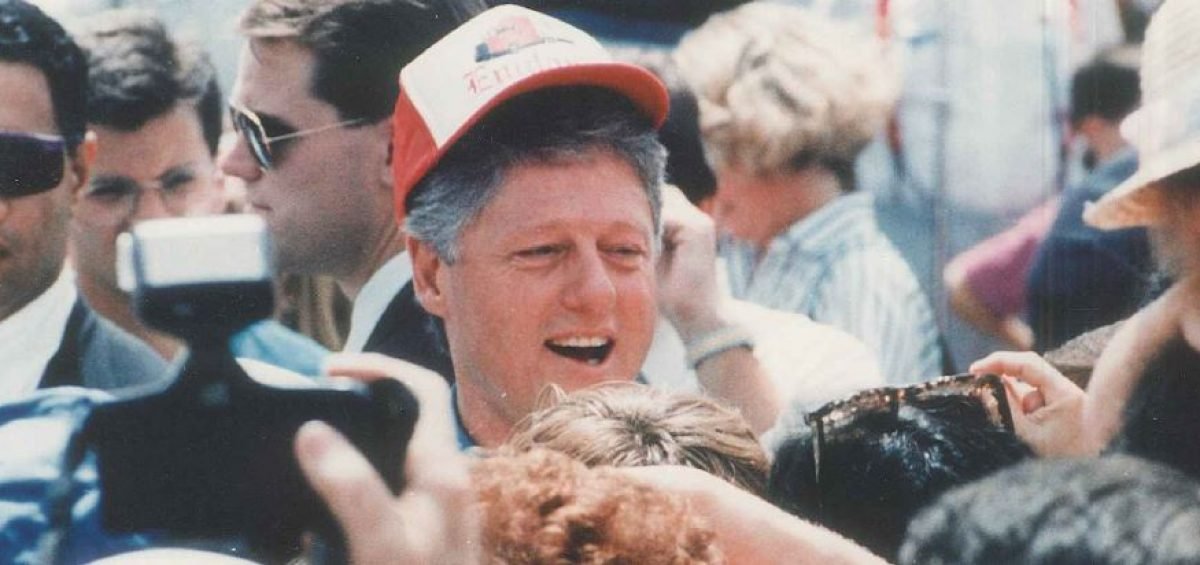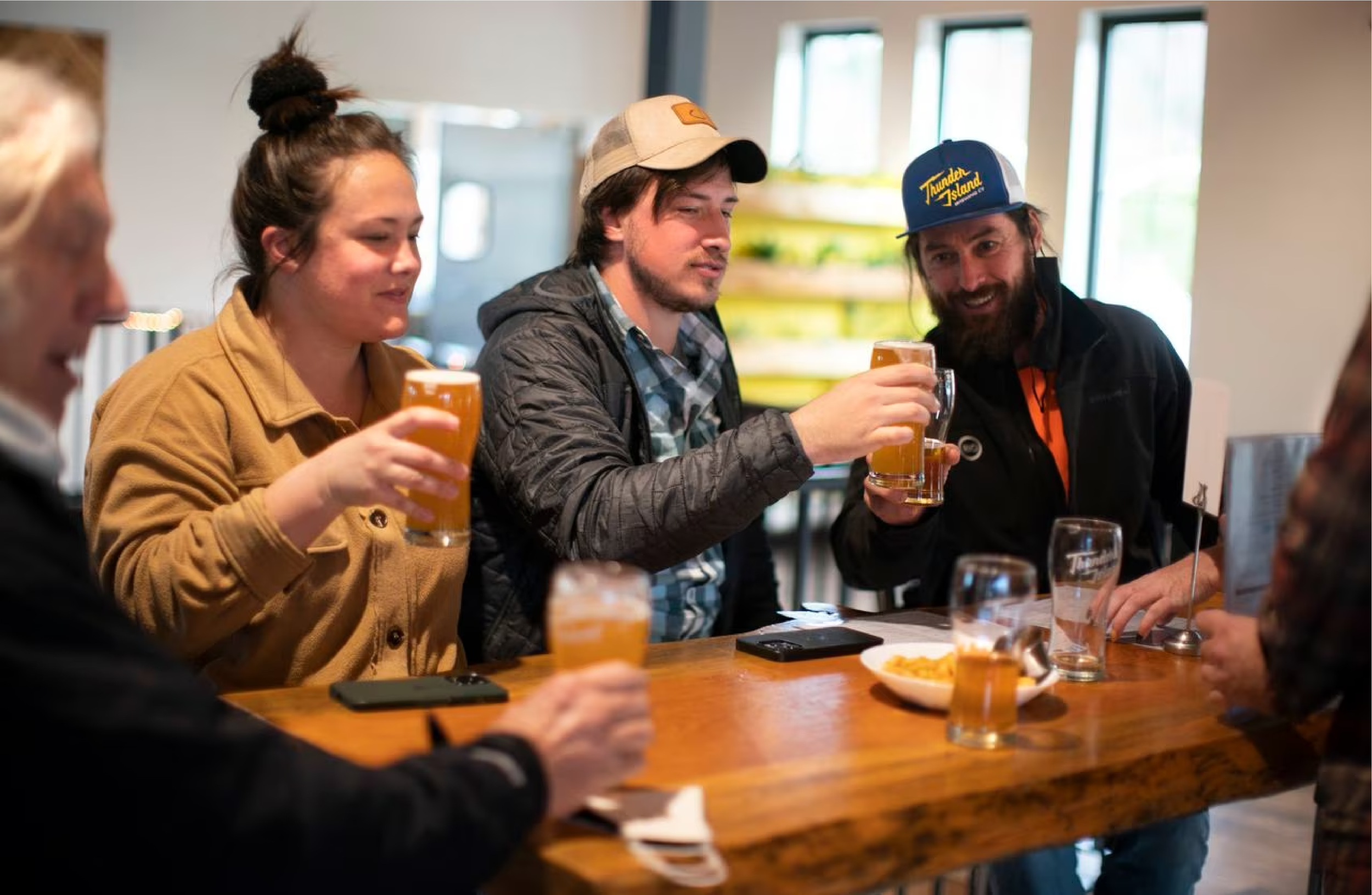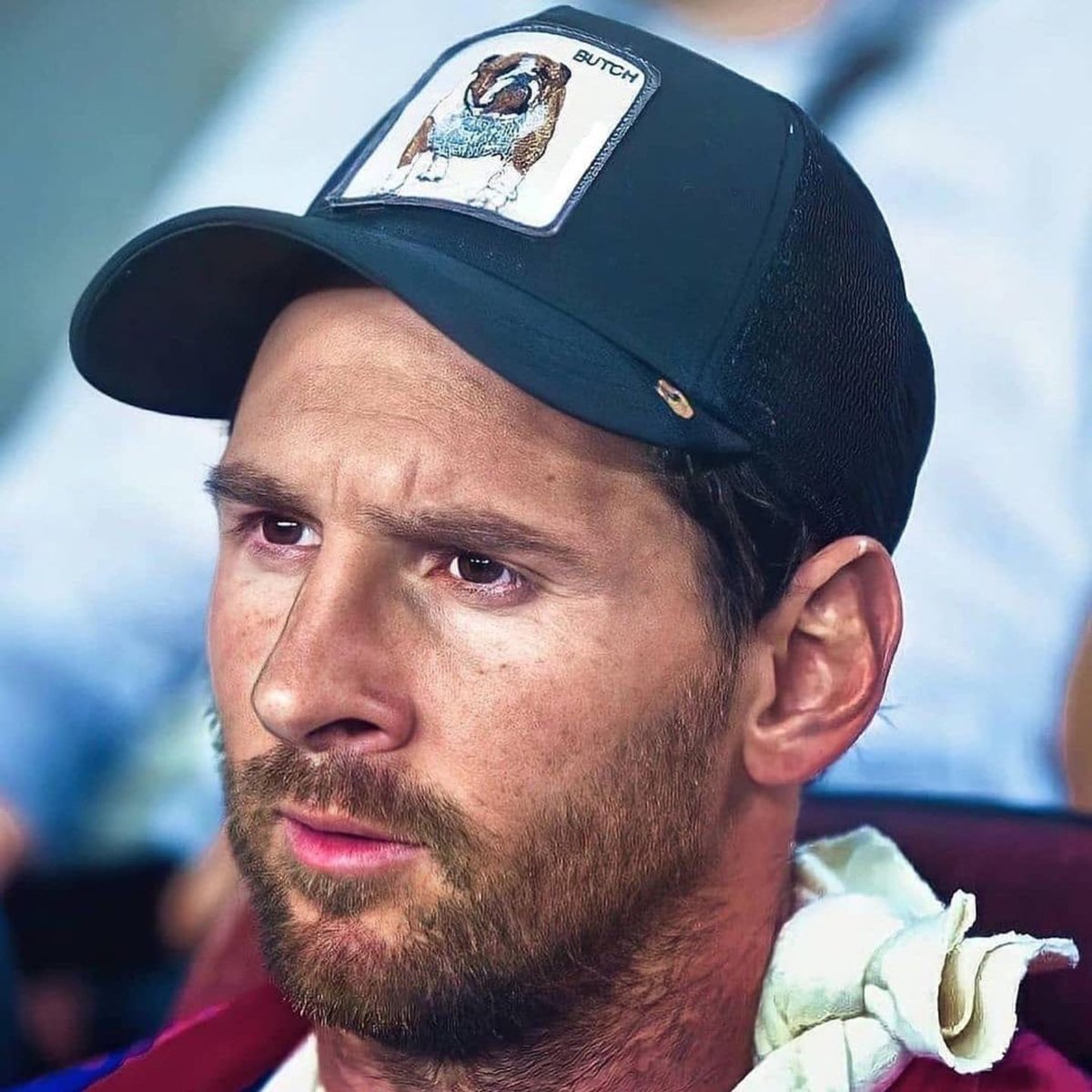Trucker Hats: History of an American Icon
From humble beginnings, to widespread fame, the evolution of the trucker hat tells a compelling story.
From humble beginnings, to widespread fame, the evolution of the trucker hat tells a compelling story.
For thousands of years hats have meant more to the wearer than simply another means of protection from the elements. Hats have been both symbols of freedom and persecution, accomplishment and shame. They have been used as signs of respect (tip your cap), and a complete lack of it (drop of a hat). So how does the humble trucker hat fit into this history of headwear and where the heck did it come from?
As with most things, the trucker hat had many predecessors. The Petasos was an Ancient Greek hat made of wool, straw, or leather and is credited as being the first-ever hat with a brim.
From there, hats with brims were ever-present throughout the world and history. The form that we associate with the trucker didn’t start taking shape until the 19th century. The sunbonnet of the Victorian Era is speculated to be the first time we see a prominent, singular, front-facing brim. The deerstalker hat, made famous by none other than Sherlock Holmes, would creep even closer to our American icon. The deerstalker featured a very familiar front brim, while also including one in the back for good measure. More hats like the newsboy cap, fedora, boater, military boxcap and the jockey cap would all push us closer and closer. In 1860 there was a group of men known as the Brooklyn Excelsiors who started wearing a wool hat with a long visor and a button top, specifically for when they played a little game they called baseball.
The 1860 Brooklyn Excelsior Baseball Club
Baseball was invented sometime between 1790 and 1800, with a national league established in 1876. There was no designated headgear required for the sport, so when it came to keeping the sun out of their eyes, players could choose from among any of the popular brimmed-hat styles of the day. By the turn of the century the “Brooklyn Style” hat had begun its takeover of the sport and now included air holes and a firmer peak or “bill” as it started being called. In 1905 the Detroit Tigers would further make hat history. Paying homage to the city’s major newspaper, the team would place the same Old English D in the center of each of their players’ hats, becoming the first-ever logo/hat combination! Over the next 40 years additional changes would be made. The bill became longer and more stiff, along with a much more vertical crown. Surprisingly, Major League Baseball would keep wool as the league standard for all ball caps until a 2007 rule shifted the material from wool to polyester, citing player comfort.
The legendary Ty Cobb of the Detroit Tigers in 1913
Though they dominated the baseball diamond, these ball caps were far from common in the general public, and were certainly not considered fashionable by any means. Slowly, however, these hats could be seen out in the public. The working class, in particular, started embracing this distinctive style, not for their love of the sport, but for its practicality and convenience.
Howard R. Hollem/Library of Congress
Beulah Faith, former sales lady, is now a lathe operator at a Western aircraft plant.
Above we see an image taken on the American homefront in 1942 during WWII. The woman in the photo is seen wearing a notable combination, sporting both a baseball style hat and a blue chambray shirt. This shirt, and more specifically its “blue collar,'' would go on to further define workers of manual labor trades.
This newly-classified blue collar workforce would play a vital role in the origin of the true trucker-style hat. In the late ‘60s screen printing and hat manufacturing had both been refined into a cheap and affordable process. Soon companies of all types started to notice the appeal of the walking billboard a ball cap created. To keep costs low this particular hat was made cheap by featuring 5-panel construction, with a foam crown, and a mesh back. Feed and supply stores became one of the first industries to embrace this tactic for cheap advertising. Hats with screen printed logos of the store and their suppliers were given away to customers, the majority of whom were farmers, trade workers, and–you guessed it–truckers.
Whether it was intended, or just dumb luck, the staying-power of these cheap-to-produce “Gimme Hats” was the foam/mesh combination. The foam provided the perfect material for absorbing sweat, while the mesh back allowed its wearer to stay cool in the hot sun. Laborers of all backgrounds quickly embraced their new favorite hat, and even more corporations took note. Further contributing to the name, these hats could be found at truck stops all across the country, emblazoned with the likes of Budweiser, Winston, Shell, and Mountain Dew, just to name a few of the high-profile logos they sported.
The boom of televised sports in the ‘70s and ‘80s would further increase the popularity of the truckers’ predecessor, the baseball cap. Baseball caps could now readily be found across a variety of sports. This added visibility and allowed the ball cap to become a pop-culture staple, with the trucker hat acting as its rural counterpart. A notable example (and a bit of full circle poetry) would be the old English D of the Tigers worn by Tom Selleck’s character in the hit show Magnum, PI. The trucker hat, however, could be found in NASCAR winners circles, movie sets, and on the heads of characters playing blue collar roles. TV mechanic, Cooter Davenport, from the hit show “The Dukes of Hazzard,” would rarely be seen on screen without his perpetually-grease-covered trucker hat. The ebb and flow nature of the trucker hat in popular culture would only grow as the years went on. The practice of slapping a trucker hat on a fictional character or even political figures in order to make them appear more down-to-earth is one that continues to this day. Ben Jones, the actor who played the aforementioned "Cooter,” would actually go on to serve two terms in the U.S. House of Representatives in the 1980s.
Though its status as THE hat of the working class remained, as another century turned, the popularity of the trucker hat would prove it could not be contained to any single demographic. In the early 2000s celebrity influence was in its golden era. To capitalize, companies like Von Dutch combined this influence with a 100% customizable approach to the trucker hat. The results were unprecedented, and soon anyone who was anyone could be found rocking this Y2K street-fashion staple.
Today the trucker hat is experiencing yet another boom. Spotting a celebrity wearing a trucker hat is once again a common occurrence; however, it is the modern trucker’s chameleon-like adaptability that sets this new era apart. What constitutes a trucker hat is now the subject of hot debate. No longer necessarily bound to its simplest 5-panel foam construction, hats of all shapes and sizes now don the trucker moniker with pride. One style in particular, made popular by long-time hat manufacturer Richardson, merged the trucker with its direct predecessor, the baseball cap. The result is a new hybrid that combines the classic shape of the ball cap with the rugged soul (and mesh) of the trucker. The Richardson 112 was an immediate success and remains the company’s best seller year after year. Outdoor enthusiasts, in particular, have embraced the expansion of the new form, with companies like Columbia and Patagonia making the 112 style their signature hat look.
Through the years the trucker hat has proven itself to have a certain timeless appeal. It has captured the hearts of so many, regardless of age, race or occupation. As the trucker hat style continues to readily evolve, the legacy of this true American icon is sure to live on for years to come!
Thank you so much for reading and stopping by our little site! If this is your first time visiting us here at Local Yokels, we are an outdoor leisure brand with a number of different passions. Hats (trucker hats, in particular) is certainly one of them. We are a small team and would love to be able to keep making stuff like this for you to enjoy. So if you have the time, please check out our shop on your way out. We have one of the most extensive collections of trucker and trucker-inspired hats anywhere, so whether you are a 5-panel foam purist, or prefer a more modern take, Local Yokels Trading Co. has you covered!
Y’all take care!


